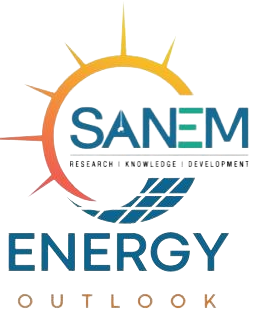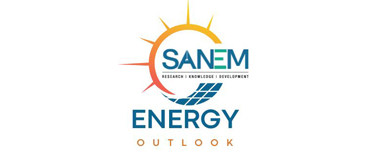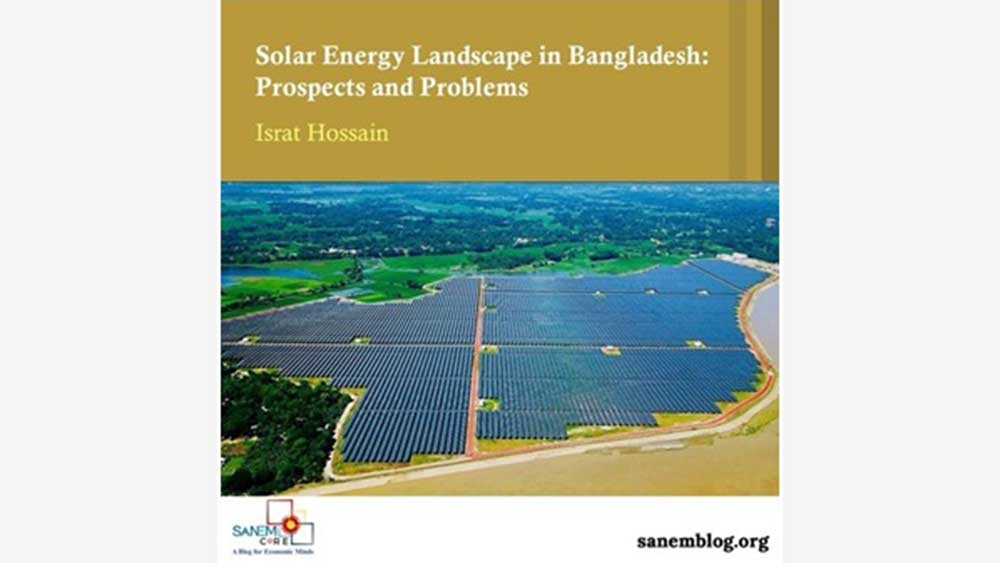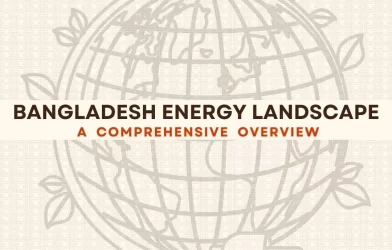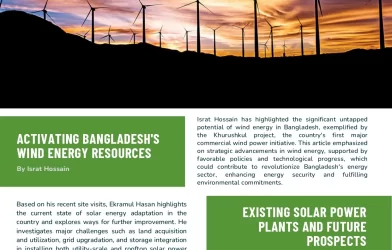The remarkable solar energy potential in Bangladesh positions it as a highly promising and valuable renewable resource within the country. According to the National Solar Energy Roadmap (draft), with an average daily solar radiation of about 4.5 kWh/m2, there lies a significant opportunity to capitalize on this abundant energy through both thermal and photovoltaic methods. Solar photovoltaic (PV) systems are the mostly contributing power-generating source among all renewable sources in Bangladesh. As per the IEPMP (Draft), the renewable energy (RE) sector generates only an approximate total of 777 MW of electricity of which nearly 70% is derived from solar power till 2021. Among all distinct categories of solar energy systems, solar parks, solar home systems (SHS), rooftop solar power and solar irrigation systems dominate the solar industry in Bangladesh. Solar parks or large solar photovoltaic plants contribute the most to generating power in the solar industry of the country. As of now, there are ten completed and running solar parks along with eight ongoing implementations and twenty-four under-planning solar park projects. Solar parks have the largest capacity of 2470.66 MWp in comparison with other solar systems. As solar plants need large plots of land, the opportunity cost of it is much larger for Bangladesh being a densely populated country where each unit of land has alternative use for food cultivation or housing. Experts recommend privatising unused lands and transferring abandoned and closed plants to private enterprises to enhance operational efficiency and overcome land scarcity through more effective land utilization.
Following solar power plants, rooftop solar systems emerge as one of the most notable utilization of solar energy, presenting a unique opportunity for industrial consumers to utilize their idle roof spaces for power generation. The government of Bangla- desh introduced net metering guidelines on July 28, 2018 to promote rooftop solar power. In this system, consumers can connect their rooftop solar systems to the distribution grid, enabling surplus electricity to be supplied back to the country’s grid line. The government has set a target of adding 300 MW of rooftop solar power capacity by 2025 through rooftop power generation on all high-rise buildings with financial support from IDCOL. Presently, 84.6 MWp has been achieved through rooftop net-meter- ing and an additional 69.934 MWp capacity through rooftop systems without net metering, as reported by SREDA.
Unlocking the full potential of rooftop solar facilities in the country requires addressing several crucial challenges such as the lack of domestically manufactured high-quality solar inverters, high import duties on inverters, inadequate testing facilities and the prevalence of sub-standard solar accessories in the market. Additionally, the green refinance scheme, initiated by the Bangladesh Bank back in 2009, has undergone numerous revisions over time which is affecting its widespread adoption due to unaware stakeholders.
Another substantial renewable energy initiative mentioned by SREDA is solar irrigation. A key factor contributing to the success of this irrigation process is the uninterrupted supply of electricity ensuring continuous water availability. The World Bank supported the government in the installation of 11,500 SIPs in 2018. Recognizing the potential and acceptance of SIPs among farmers, the World Bank revised the target of SIP installation to 50,000 SIPs by 2025, a study in 2021 reported. Among various government implementing agencies, IDCOL serves as the channel for grant and credit funding to non-government organizations and private financiers responsible for setting up SIPs. The principal goal of the IDCOL program is to deploy solar PV-based irrigation systems in regions with the potential to cultivate three types of crops year-round with a target to install 10,000 solar irrigation pumps by 2030. As of now, there are 1,523 solar irrigation pumps already operational, collectively boasting a capacity of 42.08 MWp.
Regarding small renewable energy projects, the Bangladesh Solar Home Systems (SHS) Program is claimed to be one of the biggest projects to bring electricity to remote areas though it did not succeed as expected. Many of these systems have encountered issues primarily attributed to the inferior quality of the batteries and inverters used. At present, approximately US$1,094.93 million has been invested in the SHS program to provide electricity services to about 20 million people according to a World Bank report in 2021. Between 2003 and 2014, the SHS Program enjoyed considerable success, owing to a robust implementation model with strong leadership from IDCOL (Infrastructure Development Company Limited). In 2015, a significant challenge emerged for the SHS Program, mainly due to the rapid and unexpected expansion of the national grid contracting- ing the SHS market. Furthermore, another off-grid solar home system project named TR/KABITA distributing free solar systems without proper quality checks, monitoring, or offering any training to the partner organizations involved, impacted the SHS market negatively. The majority of customers did not receive satisfactory after-sales service from the partner organizations associated with IDCOL. Some of these organizations opted to close their local service offices, citing financial challenges arising from consumers defaulting on their instalment payments. This market distortion happened due to running three major initiatives together without proper coordination: the grid expansion, the SHS Program, and the TR/KABITA Program.
Other solar power systems have not seen significant development yet except the mini-grid for the remote regions. As of July 2023, Bangladesh has made significant progress, claiming a total of 28 solar PV-powered off-grid mini-grids with a cumulative capacity of 5.805 MWp.
Summing up, Bangladesh’s solar industry shows progress, but it falls short of meeting the necessary pace to fulfil global and national renewable energy commitments. Aligning with expert recommendations, developing a comprehensive funding roadmap, offering industry incentives, and implementing smart grid solutions can help to bridge the gap and move closer to achieving our renewable energy objectives.

